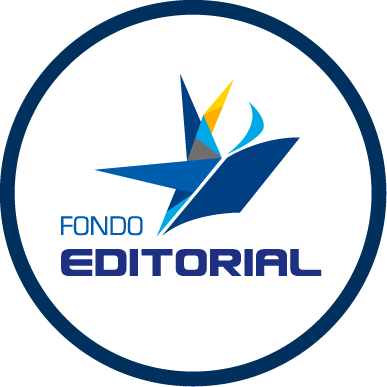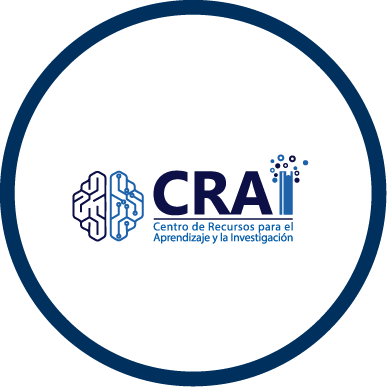Anna Maria Guasch: mapas y derivas en el estudio del arte contemporáneo
This article examines the impact and contributions of Anna Maria Guasch to the development of contemporary art historiography in the Spanish-speaking world. It focuses on her cartographic approach and her ability to construct intellectual maps that integrate diverse traditions and issues. First, the...
Saved in:
| Main Author: | |
|---|---|
| Format: | Digital |
| Language: | spa |
| Published: |
UNIVERSIDAD ANTONIO NARIÑO
2024
|
| Subjects: | |
| Online Access: | https://revistas.uan.edu.co/index.php/nodo/article/view/2052 |
| Tags: |
Add Tag
No Tags, Be the first to tag this record!
|
| Summary: | This article examines the impact and contributions of Anna Maria Guasch to the development of contemporary art historiography in the Spanish-speaking world. It focuses on her cartographic approach and her ability to construct intellectual maps that integrate diverse traditions and issues. First, the article analyzes her seminal work, El arte último del siglo XX: del posminimalismo a lo multicultural (2000), which represents a turning point in the systematization of contemporary art studies by offering a precise cartography of the international period between 1968 and 1989. The article also explores her role as the editor of the Akal/Arte Contemporáneo collection, which has facilitated the translation and dissemination of fundamental texts by authors such as Rosalind Krauss, Hal Foster, and Benjamin Buchloh, contributing to the synchronization of local debates with international developments. Finally, it studies her contributions to the analysis of concepts such as memory and the archive in contemporary art, highlighting how her work in Derivas (2021) and other texts proposes an understanding of art as a tool for resistance and cultural transformation. |
|---|




